
Panthera tigris Tigers
The tiger (Panthera tigris) is the largest living cat species and a member of the genus Panthera. It is most recognisable for its dark vertical stripes on orange fur with a white underside. An apex predator, it primarily preys on ungulates, such as deer and wild boar. It is territorial and generally a solitary but social predator, requiring large contiguous areas of habitat to support its requirements for prey and rearing of its offspring. Tiger cubs stay with their mother for about two years and then become independent, leaving their mother's home range to establish their own.
The tiger was first scientifically described in 1758. It once ranged widely from the Eastern Anatolia Region in the west to the Amur River basin in the east, and in the south from the foothills of the Himalayas to Bali in the Sunda Islands. Since the early 20th century, tiger populations have lost at least 93% of their historic range and have been extirpated from Western and Central Asia, the islands of Java and Bali, and in large areas of Southeast and South Asia and China. What remains of the range where tigers still roam free is fragmented, stretching in spots from Siberian temperate forests to subtropical and tropical forests on the Indian subcontinent, Indochina and a single Indonesian island, Sumatra.
The tiger is listed as Endangered on the IUCN Red List. As of 2015, the global wild tiger population was estimated to number between 3,062 and 3,948 mature individuals, with most populations living in small isolated pockets. India currently hosts the largest tiger population. Major reasons for population decline are habitat destruction, habitat fragmentation and poaching. Tigers are also victims of human–wildlife conflict, due to encroachment in countries with a high human population density.
The tiger is among the most recognisable and popular of the world's charismatic megafauna. It featured prominently in the ancient mythology and folklore of cultures throughout its historic range and continues to be depicted in modern films and literature, appearing on many flags, coats of arms and as mascots for sporting teams. The tiger is the national animal of India, Bangladesh, Malaysia and South Korea.
The galleries on this page are of the various subspecies of Panthera tigris that I have documented over the years. Only Panthera tigris tigris, the Bengal Tigers, are wild captures. All others are captive.
All tiger subspecies have galleries on this page however only the Bengal Tiger were photographed in wild conditions. Others are from reserves, rehabilitation centers, etc.
Indochinese Tiger (Panthera tigris corbetti) Seen WILD in Huai Kha Khaeng Wildlife Sanctuary
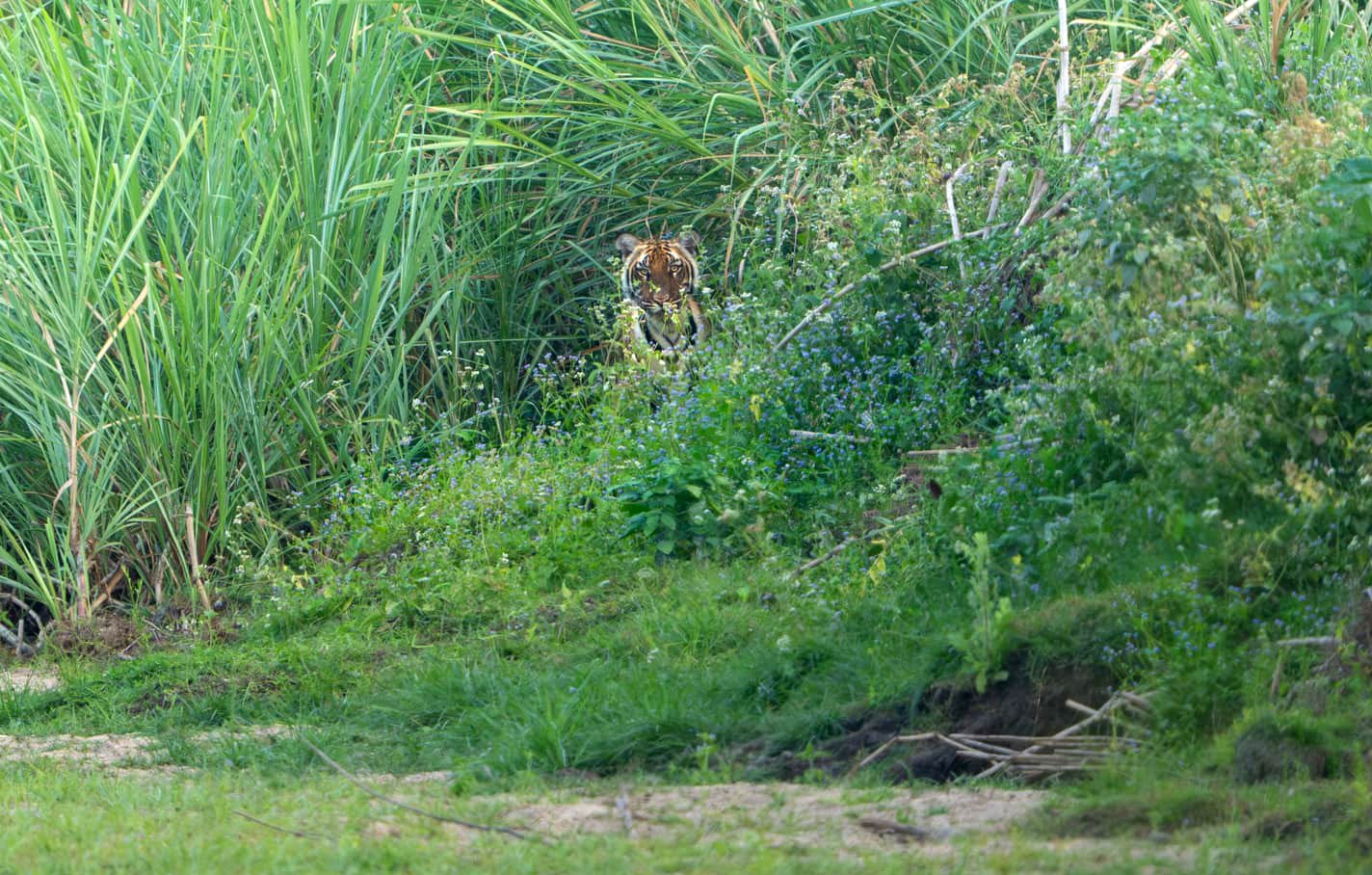
Indochinese Tiger (Panthera tigris corbetti)
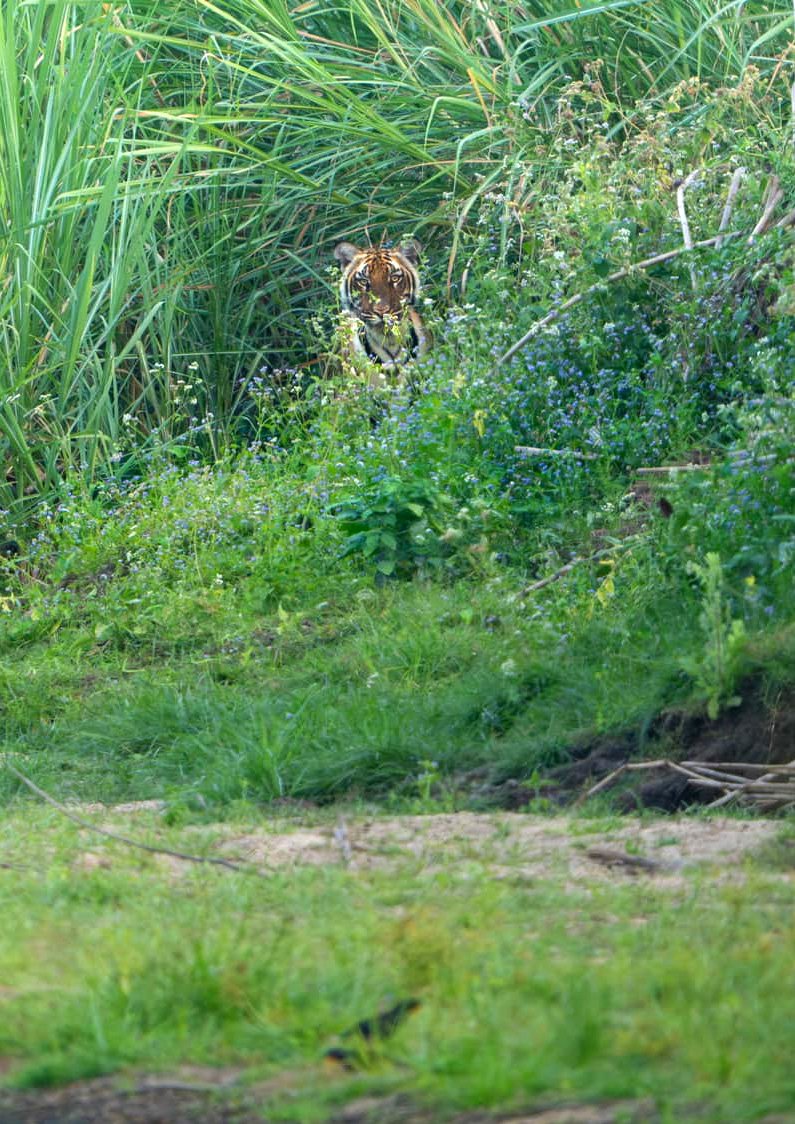
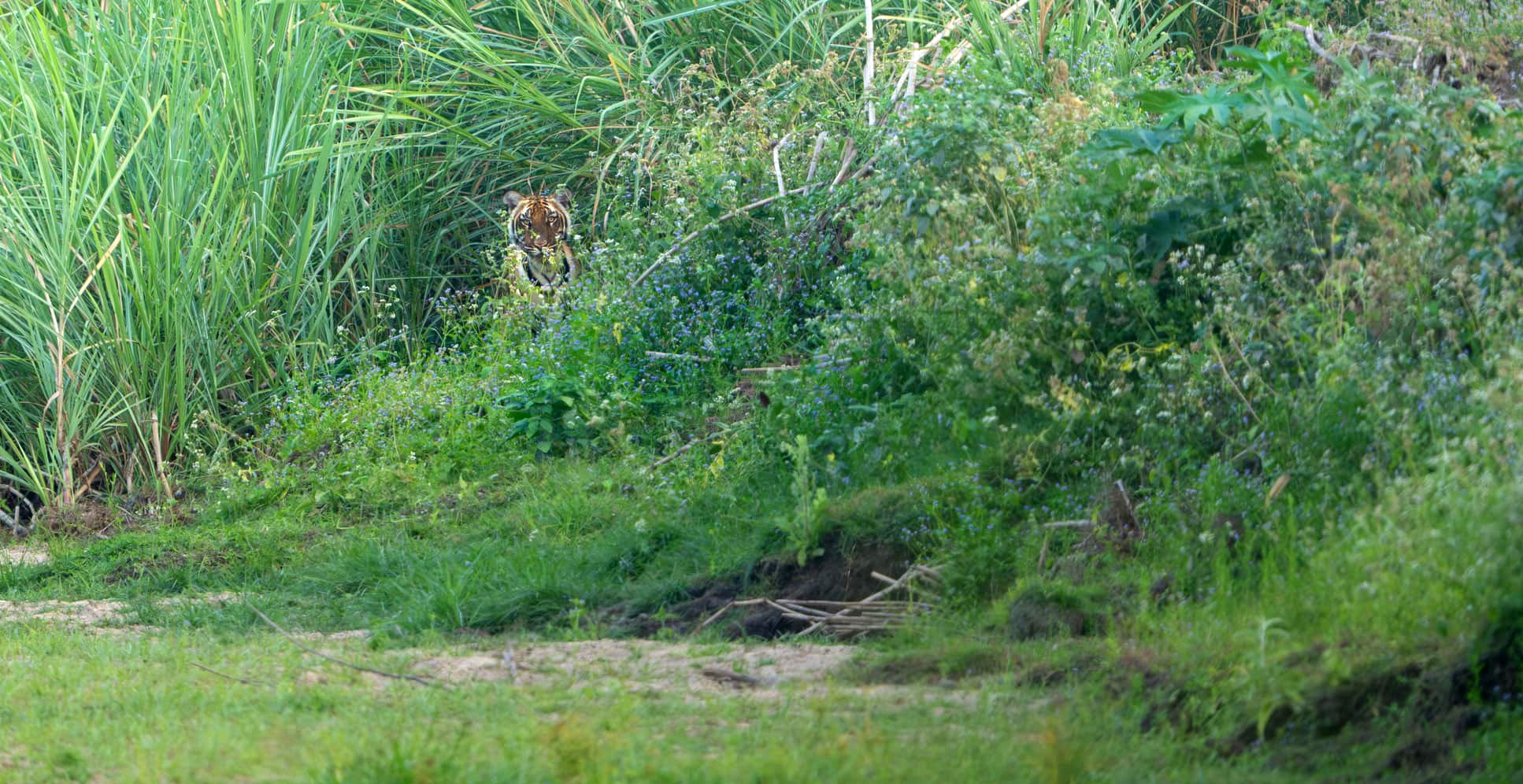
Bengal Tiger (Panthera tigris tigris) - seen several times in India in several national parks - Kanha, Bandhavgarh, Kaziranga, Pench














































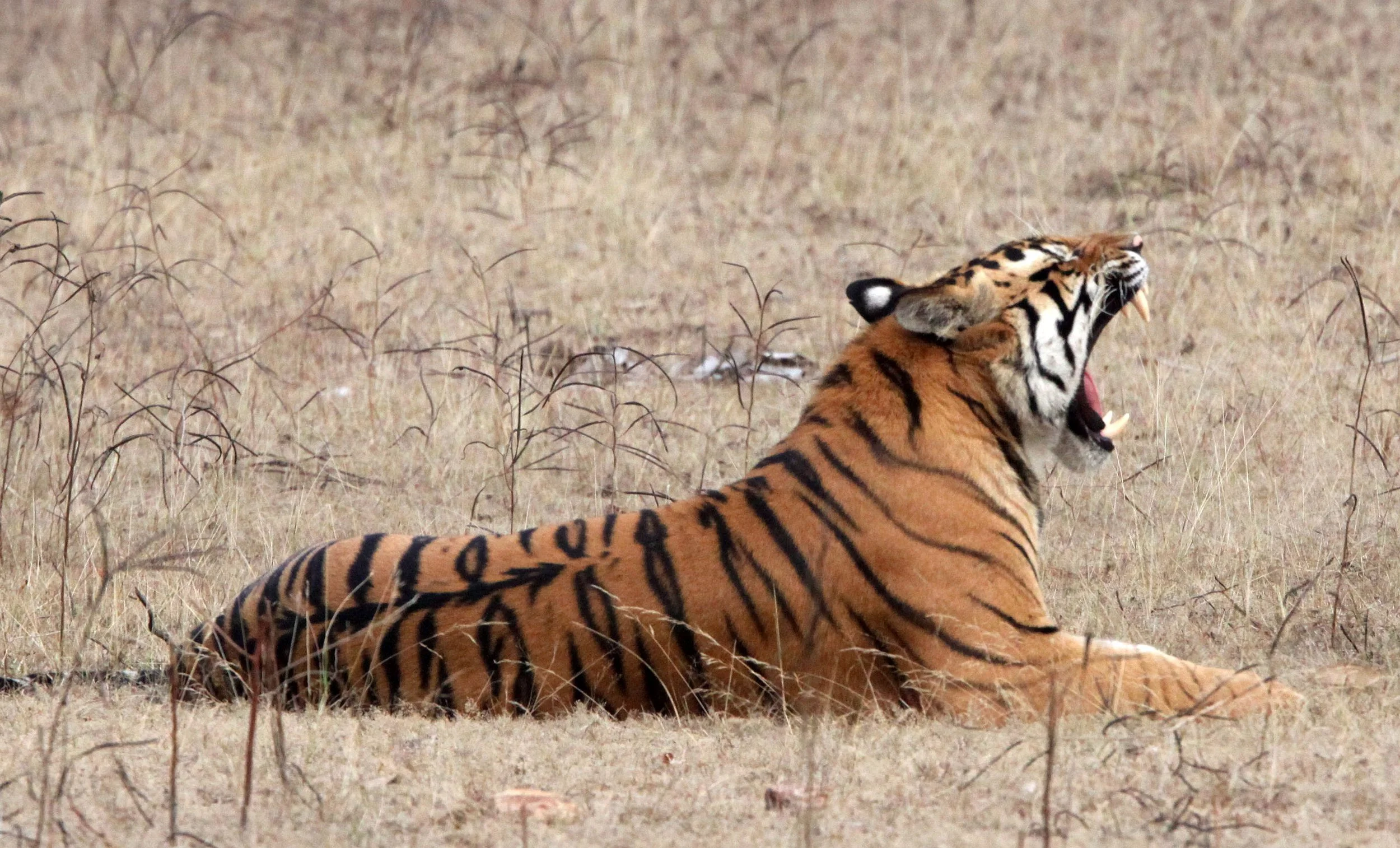
















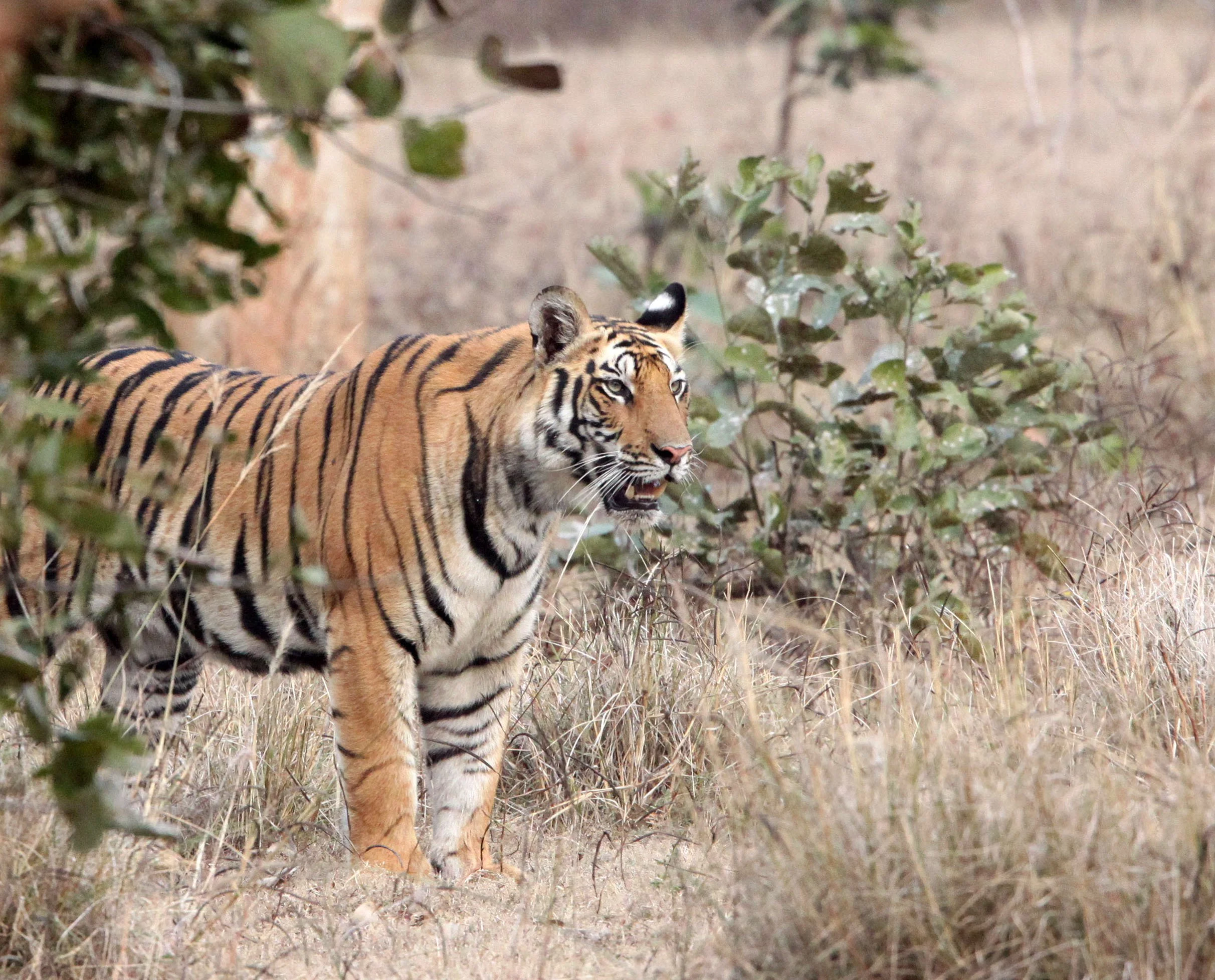


















































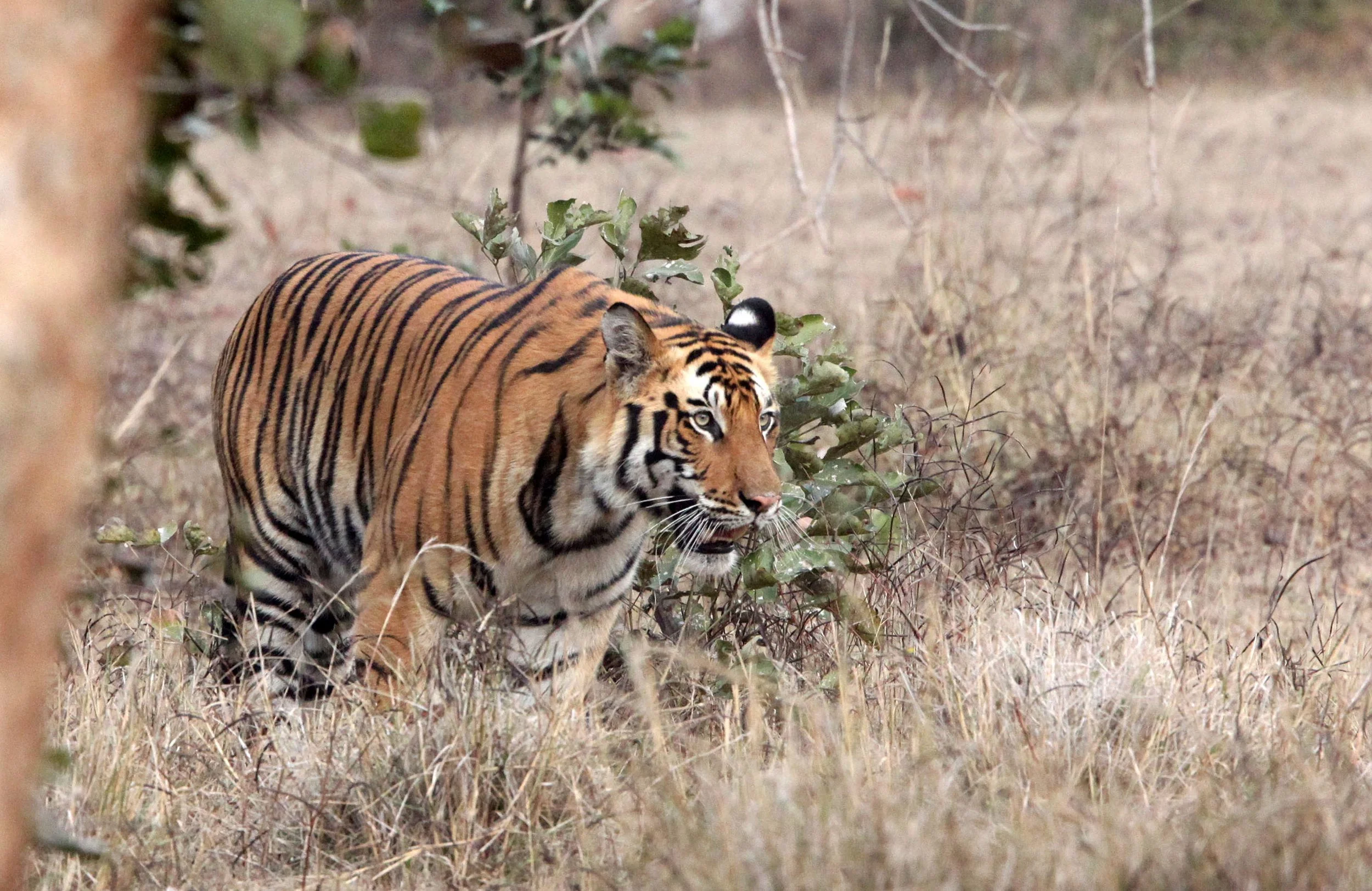
















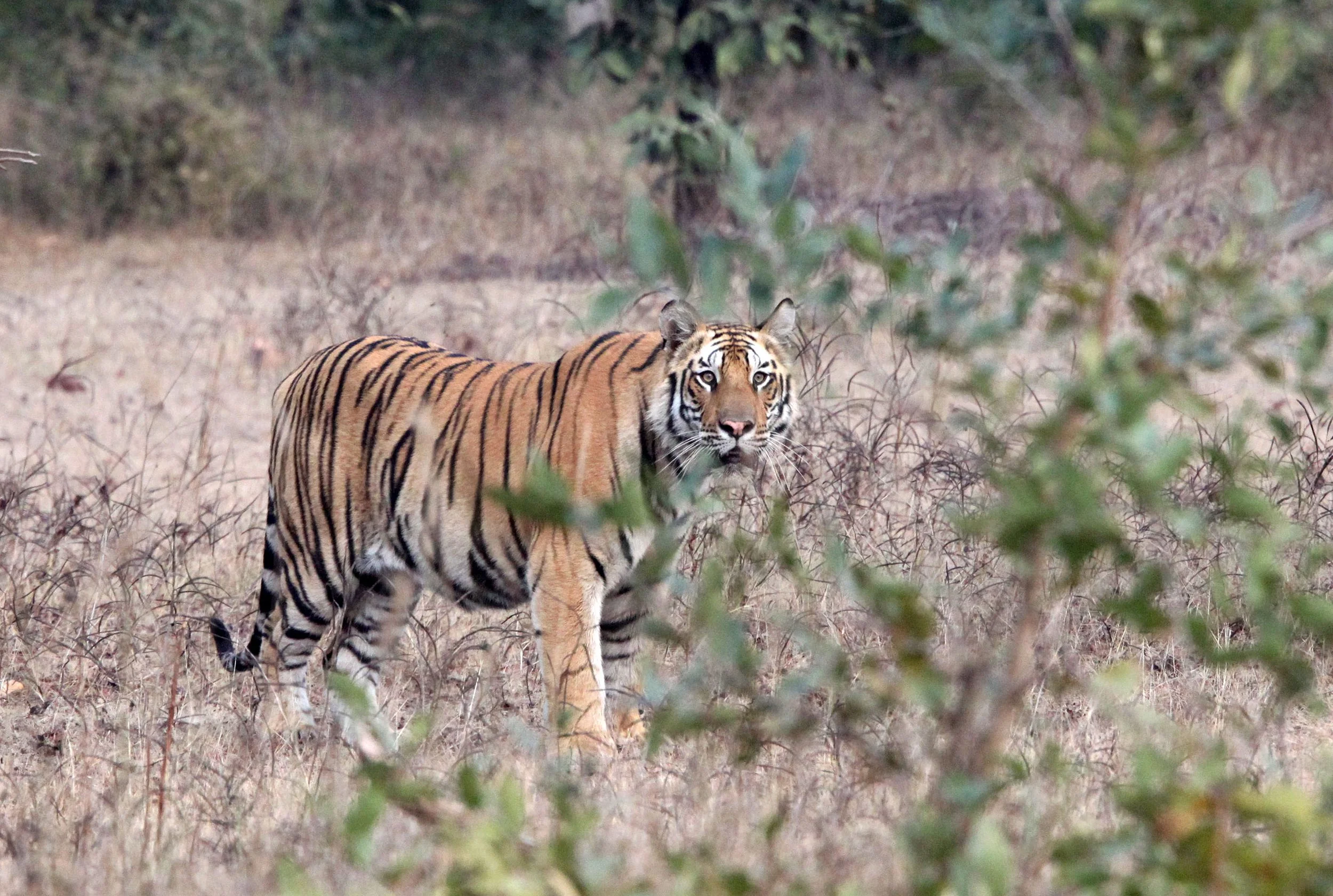



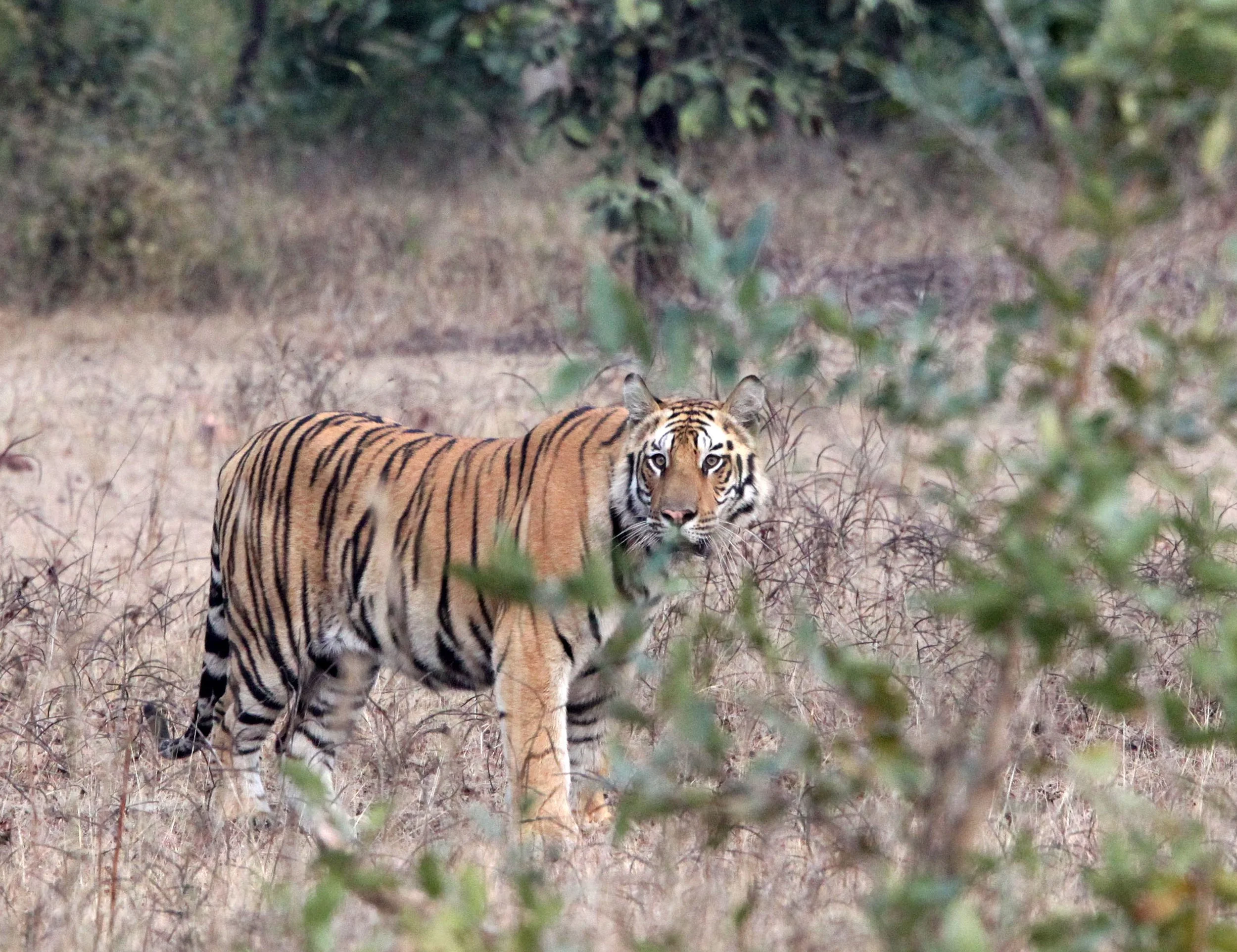
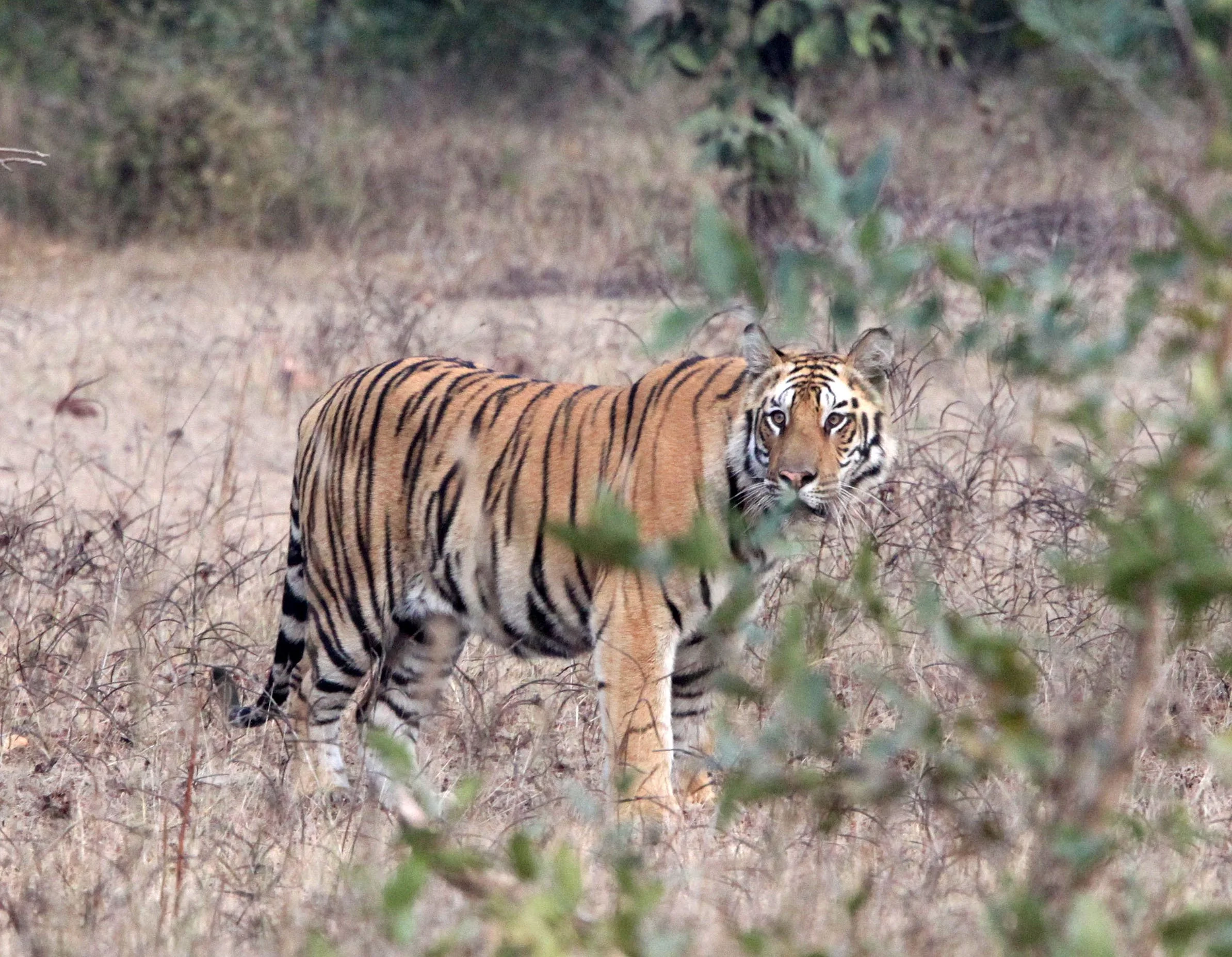






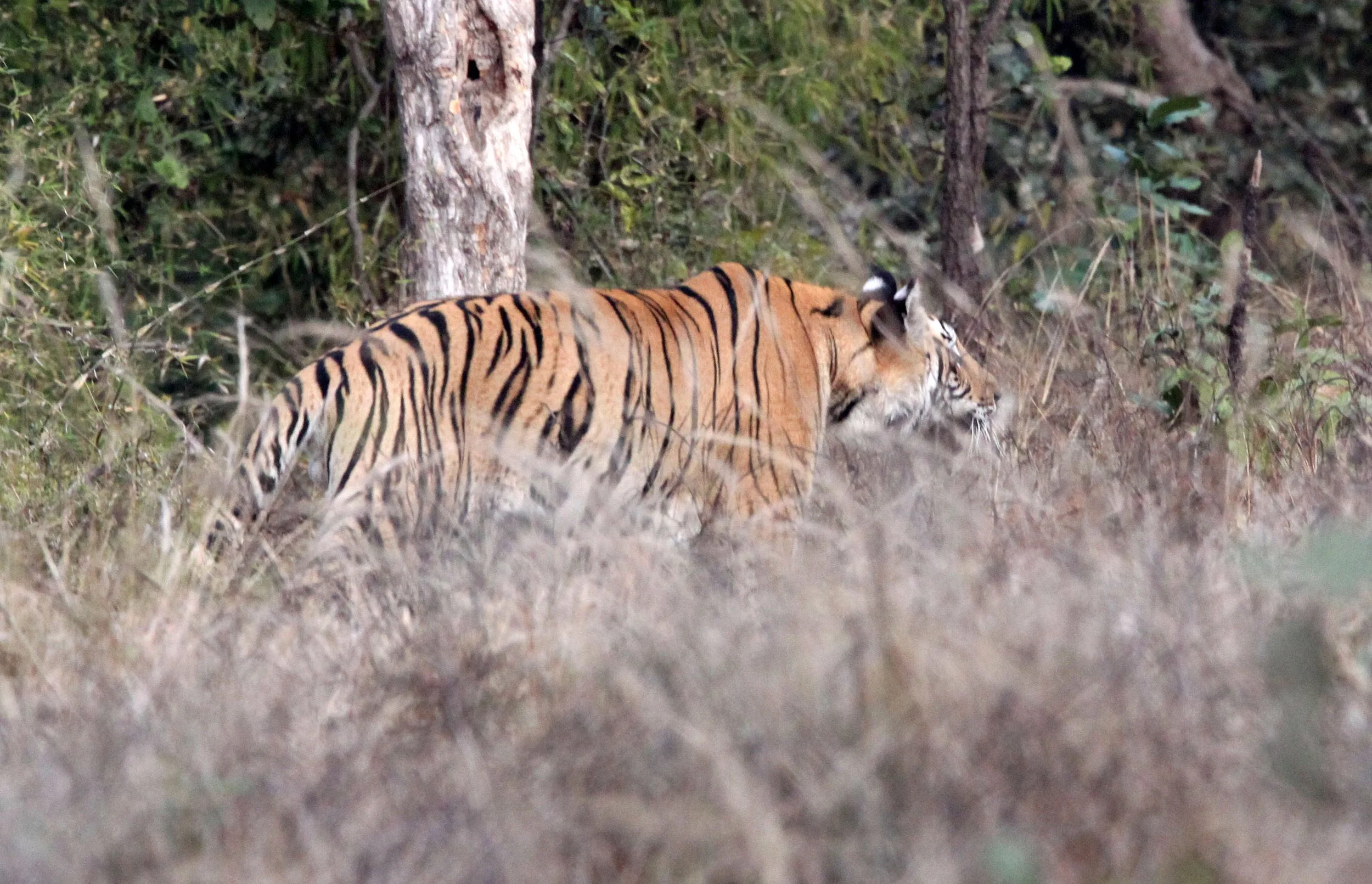





















































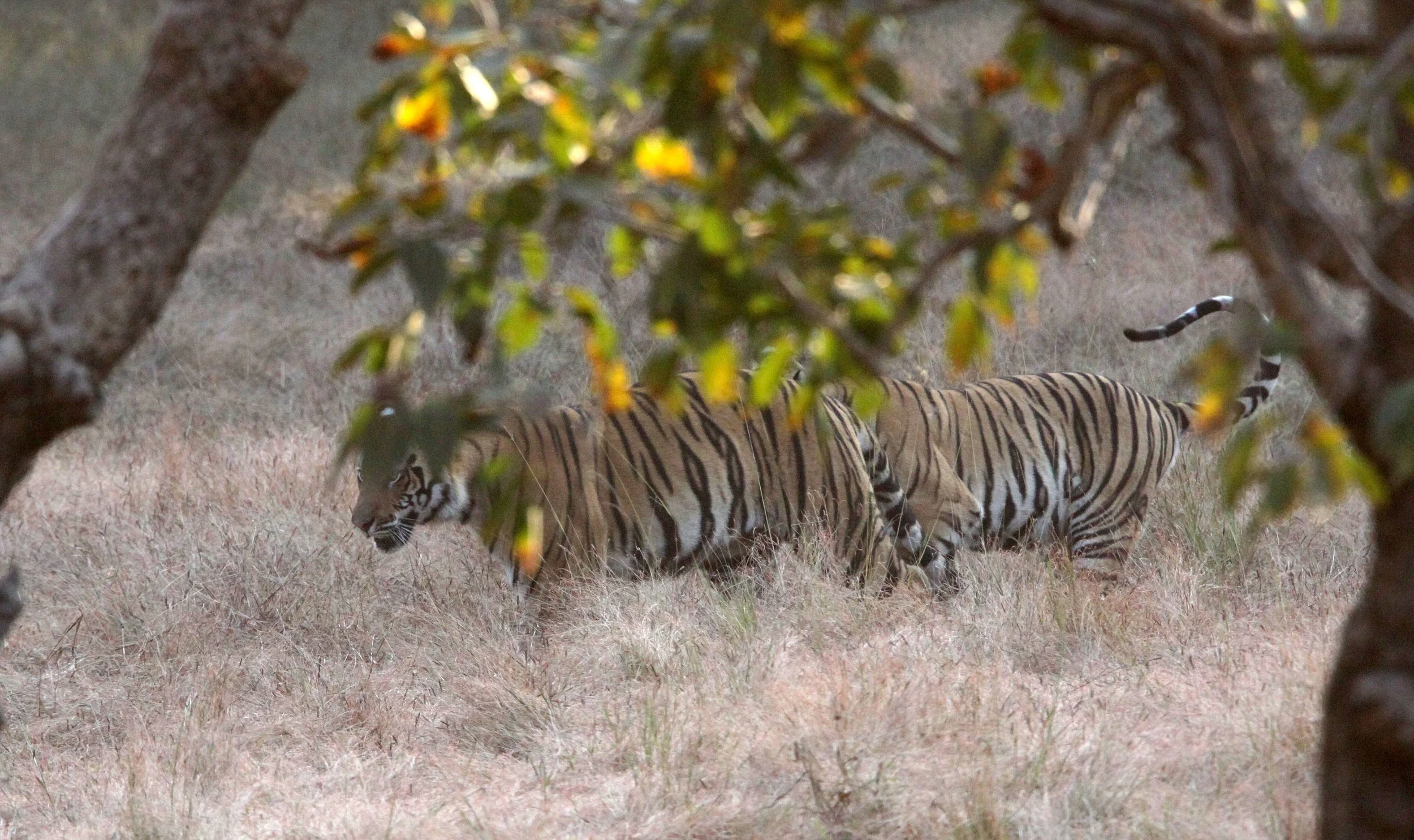






























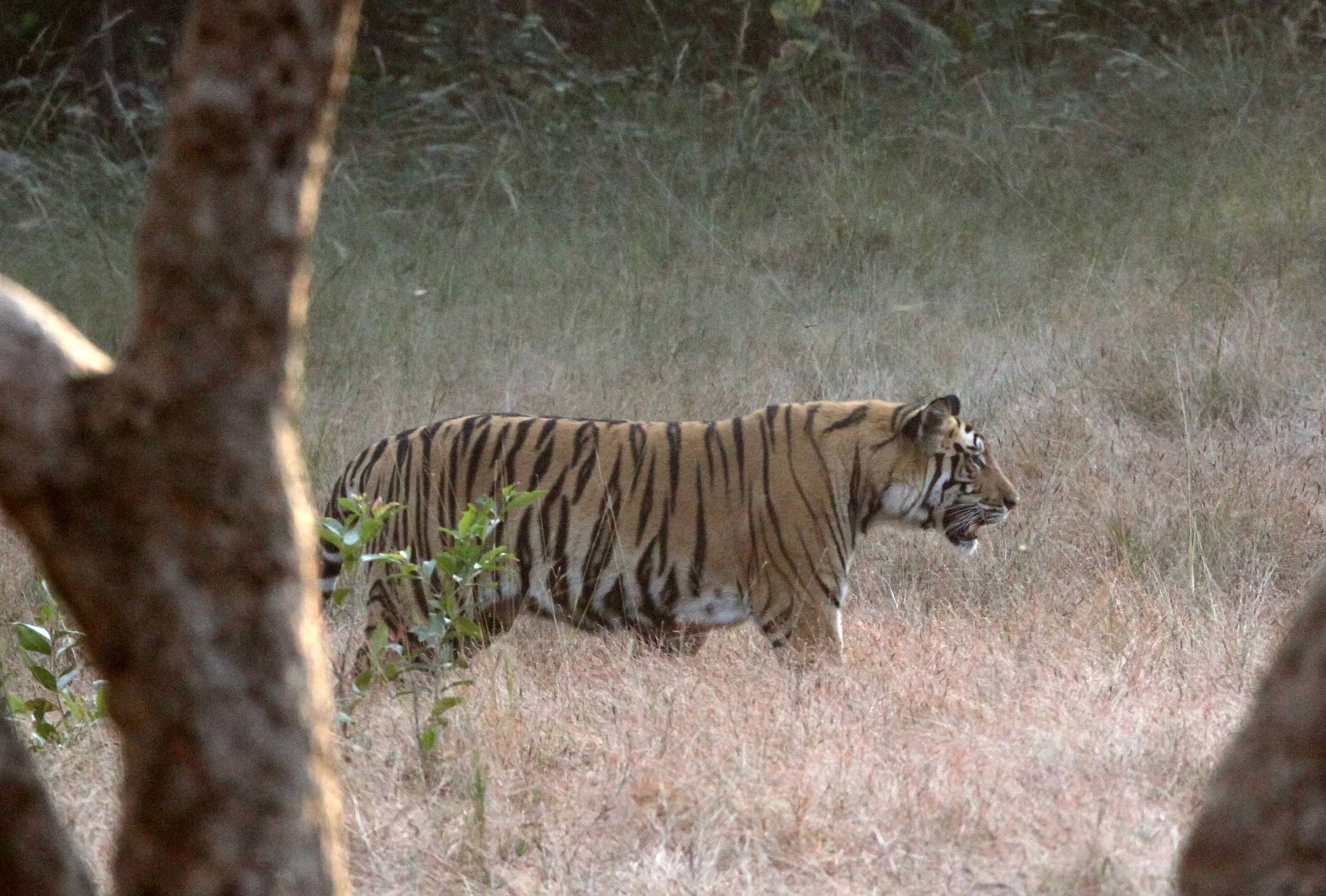
































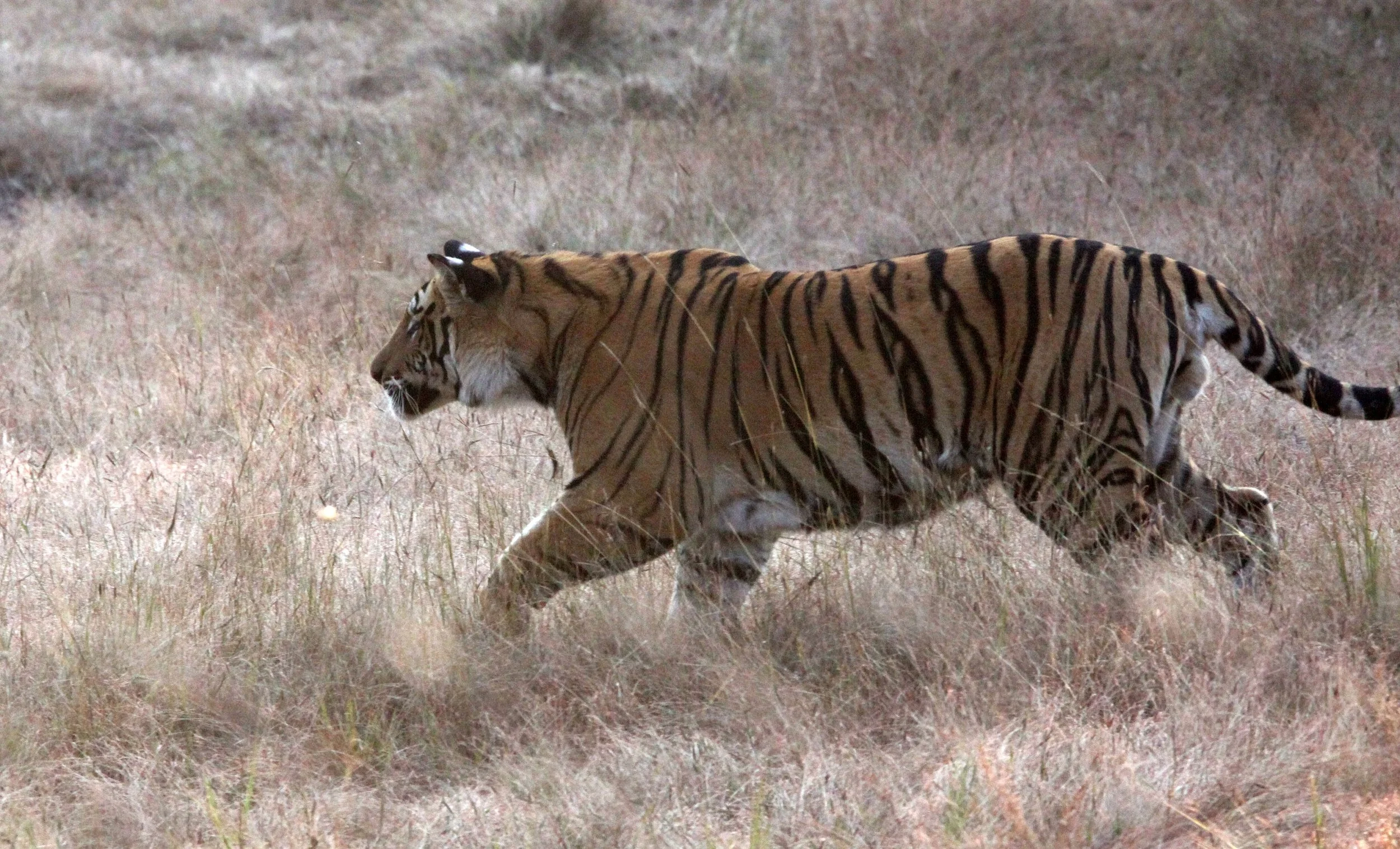



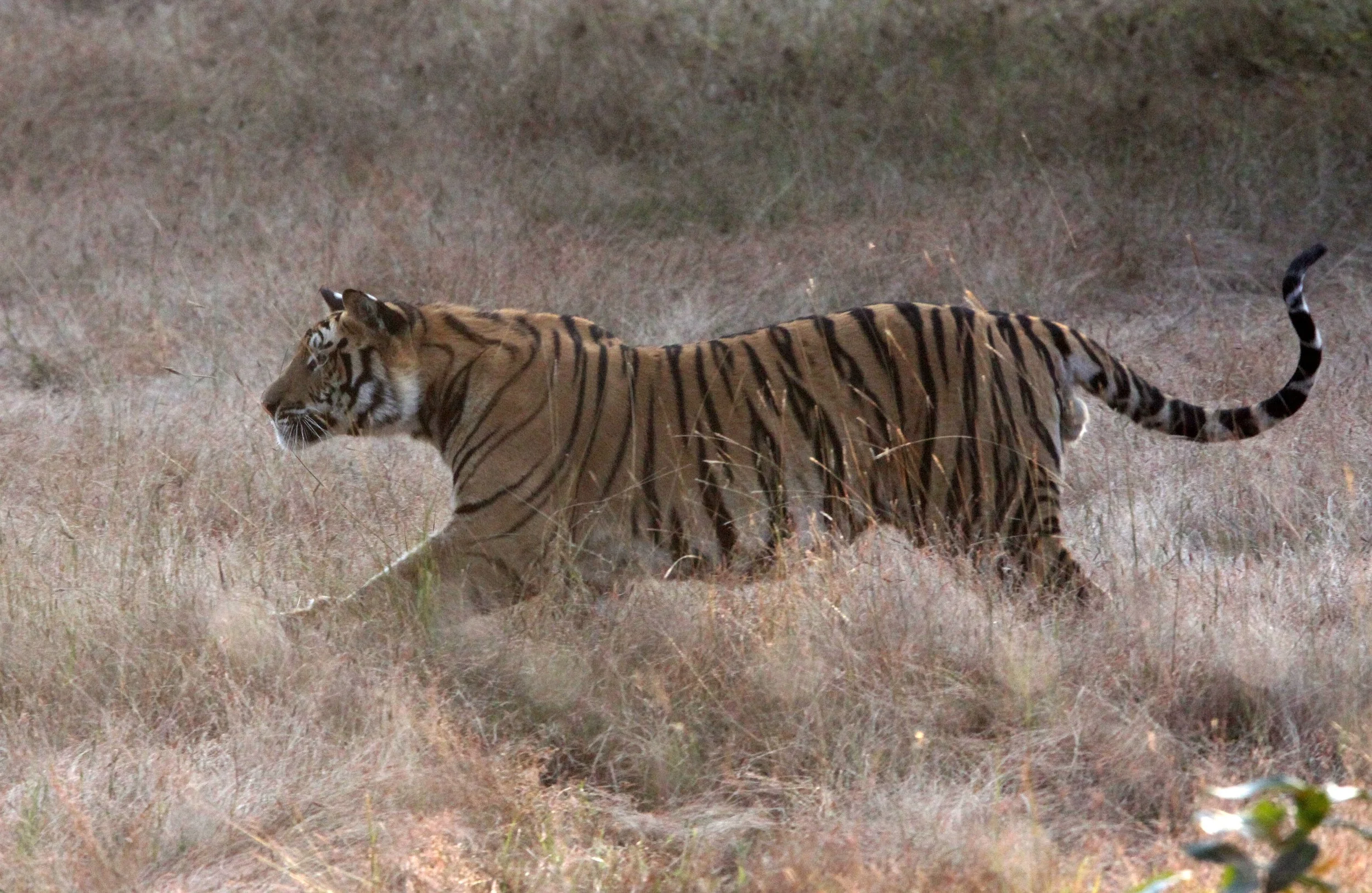



















Bengal Tiger (Panthera tigris tigris) This is a wild individual on the outside of a fenced area.
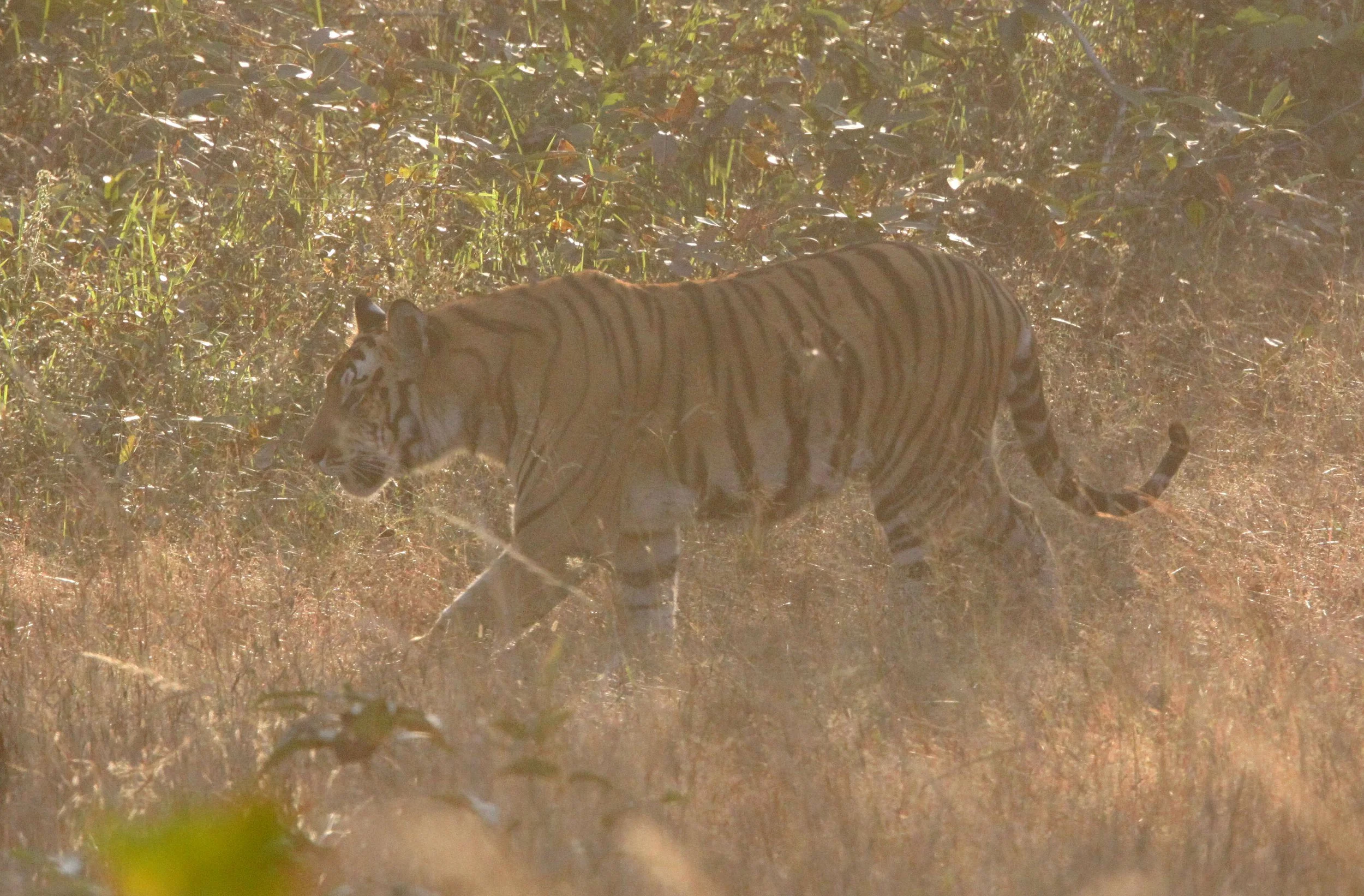


























































































































































































































South China (Amoy or Xiamen) Tiger (Panthera tigris amoyensis) - Seen at Meihuashan Amoy Tiger Reserve in Xiamen Province China. Captive individuals in very large captive sectors. The stated goal is for habituating the tigers for eventual release in to the wild, but it seems that the center is all about tourism and collecting money from tourists to watch tigers hunt live pigs and cows. There are no known Amoy Tigers remaining in the wild and they are considered functionally extinct. The purity of the genetics of this population is suspect as well.


























































































































Amoy Tiger - Shanghai Zoo





























Sumatran Tiger (Panthera tigris sondaica) - semi-wild in the Tambling Wildlife Nature Conservation or TWNC, Sumatra. Soft Release area. Photos taken in early 1990’s.



Indochinese Tiger (Panthera tigris corbetti) - seen captive in Bogor Safari Park on Java Indonesia. Feces is fresh sign of three Indochinese Tigers that were directly behind us while we were photographing a Melanistic Leopard in Huai Kha Khaeng Wildlife Reserve.





















Siberian Tiger (Panthera tigris altaica) - First gallery highlights a semi-wild Siberian Tiger seen in the Victor Ludin reserve where it was kept in wild-like conditions in Ussuriland, in actual natural habitat to become habituated for eventual release. The images of tiger sign shows what we encountered during an actual Amur Leopard/Siberian Tiger trek in Kedrovayapad Zapovyednik where we were literally seconds away from a wild tiger. The second gallery are captive Siberian Tigers seen at the Harbin Tiger Park in Manchuria China - a hellish place.

Semi-wild Siberian Tiger seen in Victor Ludin's breeding center in Ussuriland, Russia.

Cokie lying in a VERY recently used bed by a wild Siberian Tiger at Kedrovaya Pad.

Old Tiger poo in Lazovsky NP

Warm grass actually rising slowly after a Siberian Tiger was seconds before our arrival resting in this spot!

Siberian Tiger hair left at the resting sight in these pictures!

Pug marks left by an irritated Siberian Tiger who was pacing us for several kilometers in Kedrovaya Pad.

Harbin Tiger Park in Manchuria China











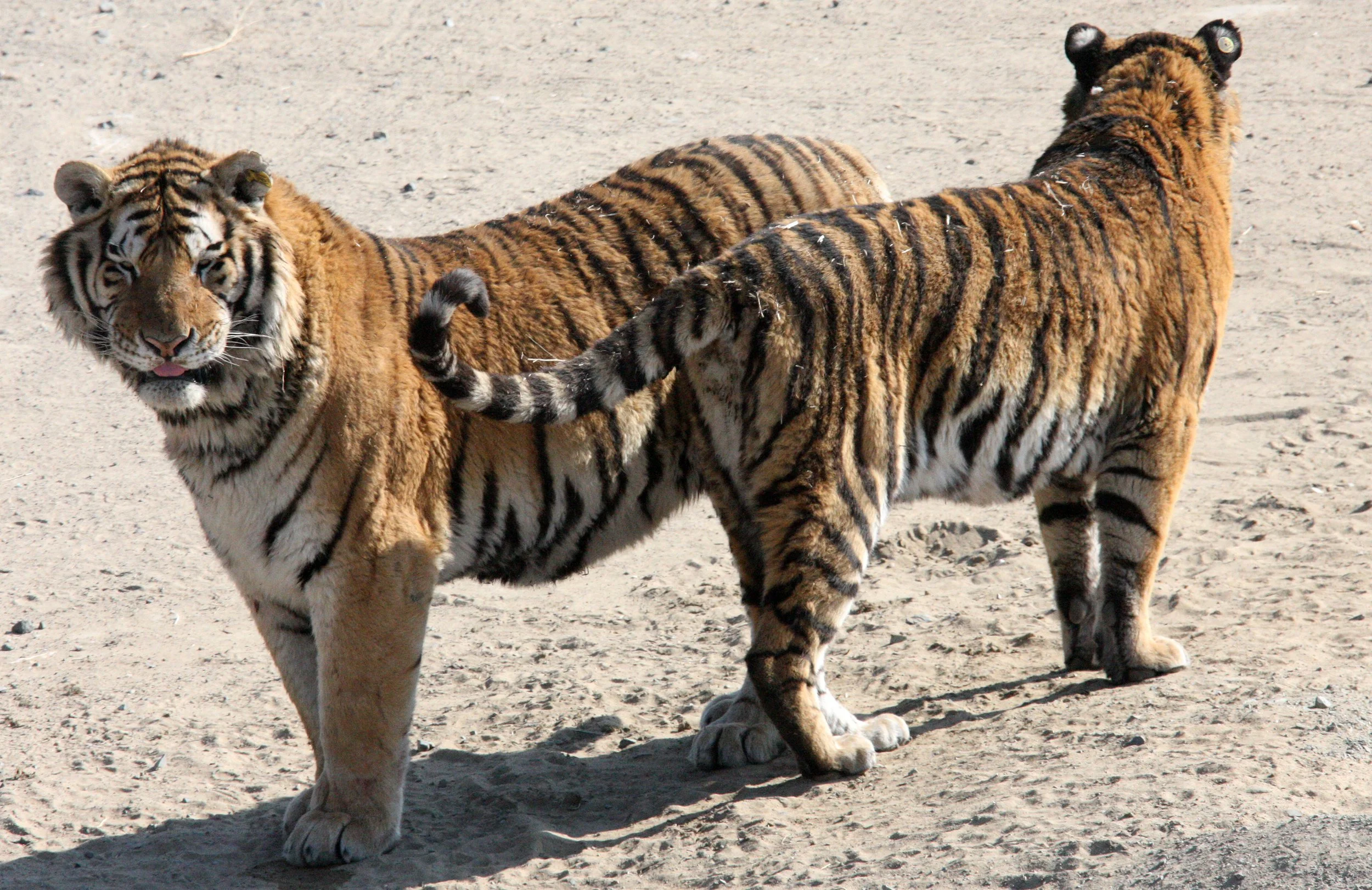











































































































Liger - made at Harbin Tiger Park in Manchuria China

Liger - made at Harbin Tiger Park in Manchuria China

Liger - made at Harbin Tiger Park in Manchuria China

Liger - made at Harbin Tiger Park in Manchuria China
































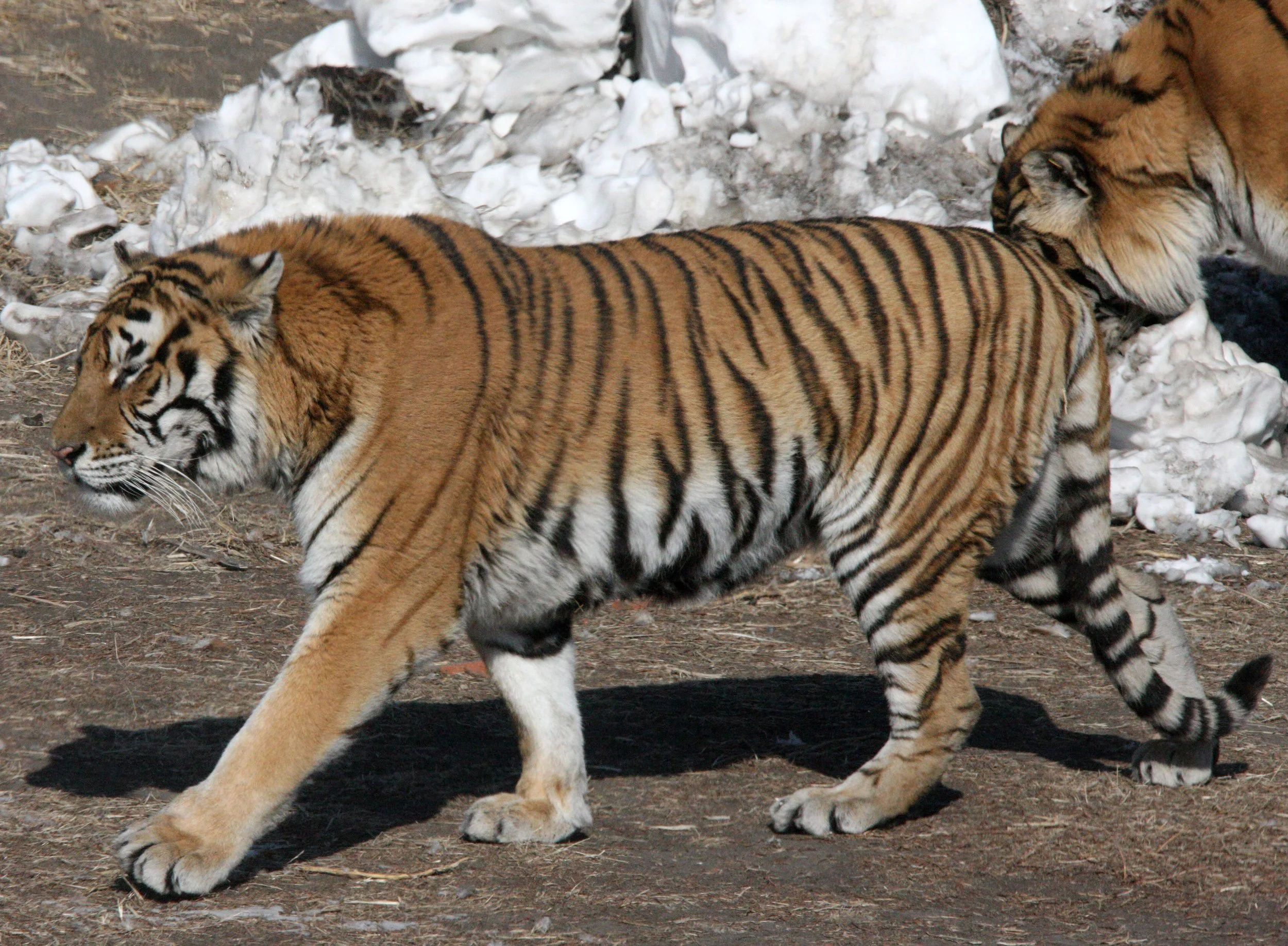
















Liger! (Panthera tigris X leo) - Harbin Tiger Center creates Ligers for the tourists….And leucistic tigers as well





























Malayan Tiger (Panthera tigris jacksoni) - fresh pug marks in Taman Negara National Park in Malaysia. Tiger in image is a probably Malayan Tiger photographed at the Bogor Game Park on Java, Indonesia.



